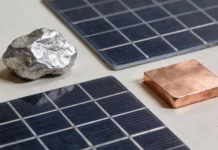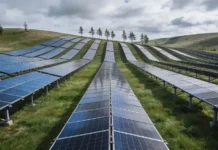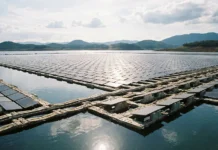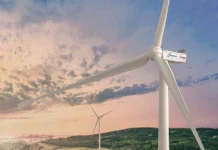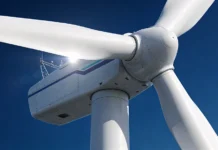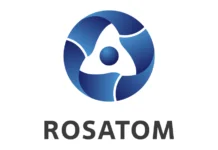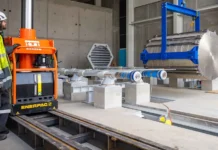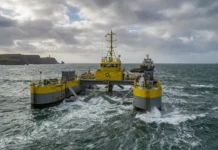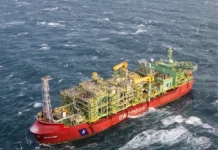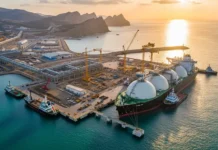The £450,000 Tidal Modelling Project is set to run until the end of 2012 and will be led by consulting, engineering and construction company Black & Veatch supported by hydrodynamic modelling specialists HR Wallingford and the University of Edinburgh. The work will be carried out in Redhill, Surrey, Wallingford, Oxfordshire and Edinburgh.
The tidal resource project aims to develop models of the whole UK continental shelf that will be used to investigate how energy extraction at one site may affect the energy available elsewhere.
A wide range of possible future tidal stream and tidal range sites, with differing technology possibilities will be represented in the models.
The project will identify how the interactions between different sites around the UK combine to form an overall effect, and what constraints these interactions could place on the design, development and location of future systems.
The models will be made available through a service provided by HR Wallingford to the wider marine industry to help inform future plans and strategies for tidal power.
Dr David Clarke, CEO of the ETI, says: “This project will significantly increase the understanding of the effects of different interacting tidal energy schemes in UK waters giving the marine industry the evidence and knowledge it needs to make future investment decisions.”



